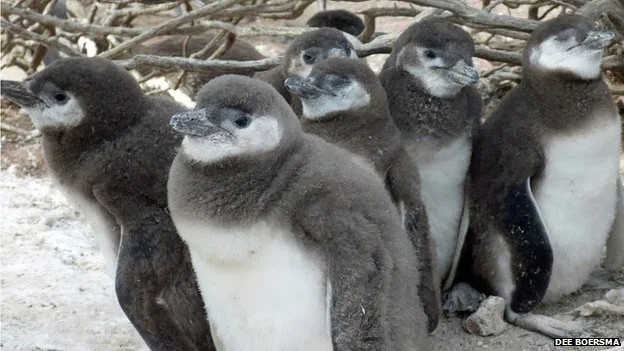Back in the mid 1990s I read of concern that Monarch butterflies were disappearing, and that their migration was being disrupted. Like a lot of species now endangered or going extinct, humans are only recently aware of what they are about. So the Monarchs' actual migration paths were only recently mapped, and still incompletely. I recall proposing an article on the subject to the Smithsonian Magazine--I was writing for them at the time--but they didn't assign it.
Monarchs, among many kinds of butterflies were common in my backyard in western Pennsylvania when I was a child. I especially remember the ones with Monarch-like patterns, but they were blue.
In the years since the 90s, some conservation plans were enacted for the Monarchs, many more discussed. The Monarch migration to Mexico became something of an ecotourism attraction, and one of the California towns which had been witnessing their wintering there for years woke up to the wonder of it (and possible tourist dollars) and amped up an annual festival.
But this year, for the third straight year, the number of Monarchs who made it to their Mexican wintering and breeding spot has declined enormously. The NY Times reports: Faltering under extreme weather and vanishing habitats, the yearly winter migration of monarch butterflies to a handful of forested Mexican mountains dwindled precipitously in December, continuing what scientists said was an increasingly alarming decline.
The migrating population has become so small — perhaps 35 million, experts guess — that the prospects of its rebounding to levels seen even five years ago are diminishing. At worst, scientists said, a migration widely called one of the world’s great natural spectacles is in danger of effectively vanishing.
35 million may seem like a lot, but not in comparison to the one billion of past migrations. This year's migration was a record low--and "it was just 56 percent of last year’s total, which was itself a record low."
Monarchs are a kind of beautiful poster child for the small creatures being forced into extinction by human action, indirect and direct. Disappearing habitat, transportation of species to new places where they disrupt the ecosystem, pollutions of various kinds and the climate crisis are the most frequent causes.
Climate crisis victims include the polar bears and now at least one species of penguin, but again, they are only the most photogenic of larger creatures under severe pressure. The BBC reports: Penguin chicks in Argentina are dying
as a direct consequence of climate change, according to new research.
Drenching rainstorms and extreme heat are killing the young birds in
significant numbers.
This is happening while the average global temperature is not rising as fast as models predict, at least according to some estimates. Increased heat trapped in the oceans has become the chief theory for why this has happened for the past decade or so, and now there is some evidence for a mechanism to cause it: the abnormally high speed of winds over the Pacific. Scientists warn that when these winds (or whatever else is causing this heat trapping effect) slow down again, the average global temperature will shoot up.
Meanwhile, the efforts of professional climate crisis deniers to demonize climate scientists felt a counterpunch when a DC Superior Court judge ruled that the conservative Competitive Enterprise Institute and the National Review website must face a defamation lawsuit for defaming the prominent Penn State climate scientist Michael Mann.
Although the U.S. east of the Mississippi has weathered more snow storms this winter than for a long while, the winter Olympics in Russia have apparently focused at least ski observers on the global retrenchment of snow. There is little in Sochi, and this article is about the possible "end of snow" in eastern US mountains.
The extinction of larger animal species is also being hastened by illegal hunting. Because it is a big business and law enforcement is lax or more often outmatched in technology, it has been very difficult to control. Now there is at least a way for ordinary people to get involved, assuming they are being ordinary in places where these animals live. National Geographic reports on a web site for whistle blowers and observers of wild life crime called Wildleaks. It bills itself as the first secure website for reporting crimes against nature, including illegal forest cuts.
There are species that no longer exist in the wild but only in human-maintained labs or zoos. That isn't the case yet with giraffes, but the scientific bureaucratic reasoning that led to the killing of a healthy giraffe called Marius has caused a global furor, and has also been the occasion for exposing some of the complexities involved in the current situation, when humans try to compensate for the immense destruction they have unwittingly--but today, knowingly--unleashed.
Star Trek Nemesis (Star Trek X)
-
*This is the tenth in a series of essays on the first ten Star Trek movies,
comprising the Roddenberry-Berman era, and so completes the Trekalog.*
*Star ...
1 day ago

















No comments:
Post a Comment